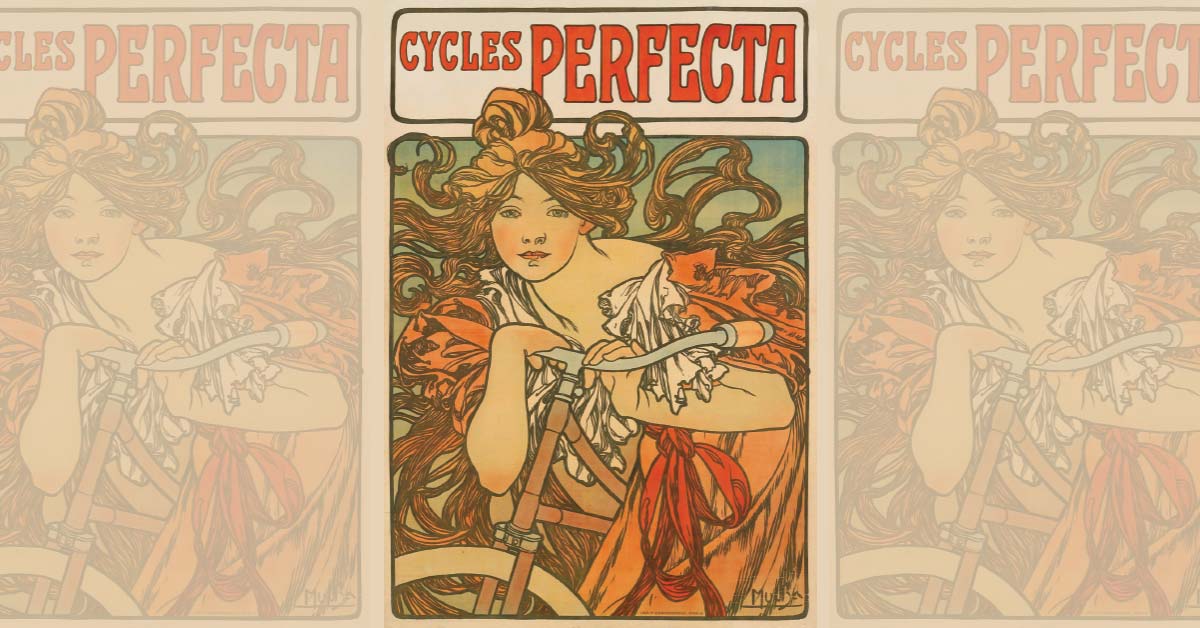Western Michigan University Dance Department Chair Megan Slayter used pithy, yet powerful words to describe the 2018 Winter Dance Gala.
“Dance is ephemeral,” said Slayter, the gala’s artistic director, in her curtain speech opening night.
“The human body is a means of communication and connection,” she said. “To dance is to connect.”
Her words clearly describe the exceptional — even world-class — department’s talented students and the faculty who train and mentor them. It’s a program of an impressive variety of contemporary, modern, jazz, tap and classical ballet, with offerings both innovative and steeped in tradition, and choreography from students, faculty, guest artists, as well as celebrated contemporary and classical greats.
As one of 80 programs accredited by the National Association of Schools of Dance, WMU’s dance department strives to offer its dancers training across dance forms as well as varied professional experiences. Their commitment and excellence in both endeavors shows throughout this two-and-a-half hour performance and is supported by skillful technical work and collaboration in terms of lighting and costume design as well as music.
It is an impressive and inspiring display, to say the least, and it’s easy to forget that the dancers are students and not professionals. The only exception is in the ambitious variations from Swan Lake, perhaps some of the most challenging choreography in the canon of classical ballet.
While the pointe work overall is sharp and the corps work, particularly in the Cygnets’ dance from Act II, is utterly divine in its attention to detail with detailed foot, arm, and head work, the leads in the pas de deux, though technically skillful, lack the ease and confidence to emote much more than fear amid the tremendously complex turns and lifts.
Their dancing is still quite impressive, and both Tara Charvat and Nirvan Singh dance more expressively and confidently in several of the show’s other contemporary pieces; it’s simply the only moment in the show in which one remembers this is a student performance meant to show promise rather than perfection.
And this is but mere minutes from an otherwise flawless production. Highlights among the show’s eight dances include:
- HAUNT, a hypnotic dance of 15 Warhol-esque, iridescent dancers donning white from wigs to socks, like Japanese pop stars or postmodern alien ghosts in what could be an apocalyptic remake of Michael Jackson’s Thriller video
- Friday After 5, a high-energy, crowd-pleasing, jazzy, sexy tap duet in which choreographer Kendall Owens rhythmically and stylishly hoofs her way with Alanna Phillips to crowd whistles and hoots
- and bright, buoyant, breezy excerpts from Paul Taylor’s 1975 ESPLANADE set to Bach.
Yet perhaps most striking among the many outstanding pieces here is Falling Table, an exciting collaborative piece in four short acts. It’s a play among modern, contemporary and classical ballet in terms of movement from choreographer D. Blakeslee Curwen in conjunction with the dancers.
Falling Table uses stunning projections from Kevin Abbot with set from Paul Marquardt, costumes from Patricia Plasko, beautiful accompaniment from Zoe Schlussel on violin, as well as interplay with spoken word and text from the program that provides character insights not evident on stage. It’s a deeply imaginative and affecting response to the 2016 election that is felt and understood on a multiplicity of levels without being a polemic.
Each of the eight dances are meticulously rehearsed and performed, and careful attention to detail makes each one pop. Brilliant lighting design from Laura L. Cornish is in equal partnership with the choreographers, dancers, and well-chosen music for creating mood, and Patricia Plasko’s largely androgynous costumes in the modern and contemporary pieces enhance the movement.
Though a dance performance is, indeed, ephemeral, the feeling and impressions created with such deliberate care in this year’s powerfully moving Winter Gala Dance Concert at WMU are lasting.




